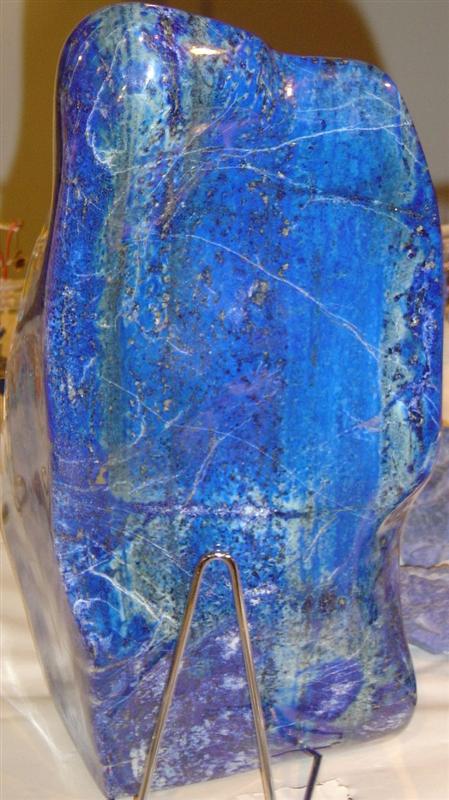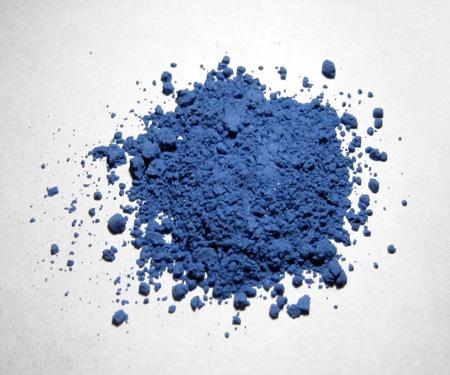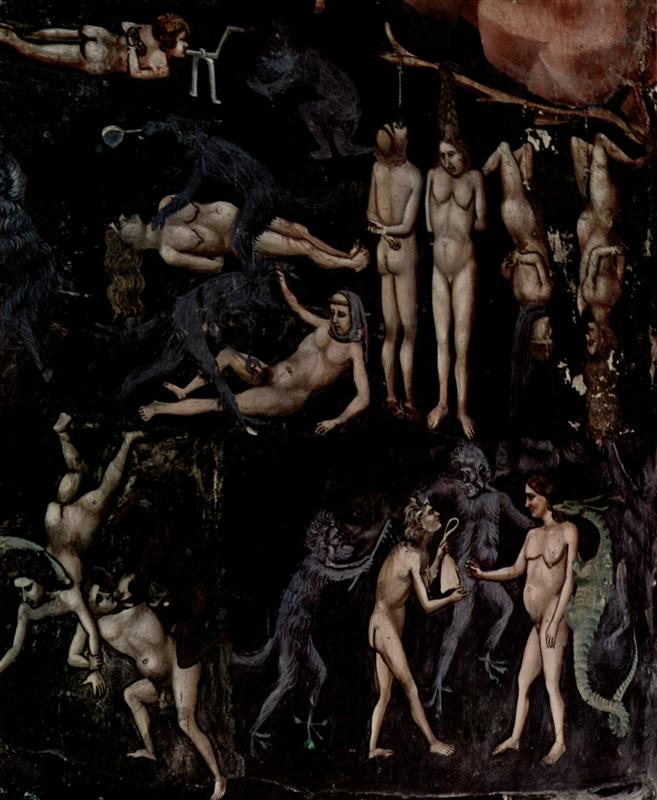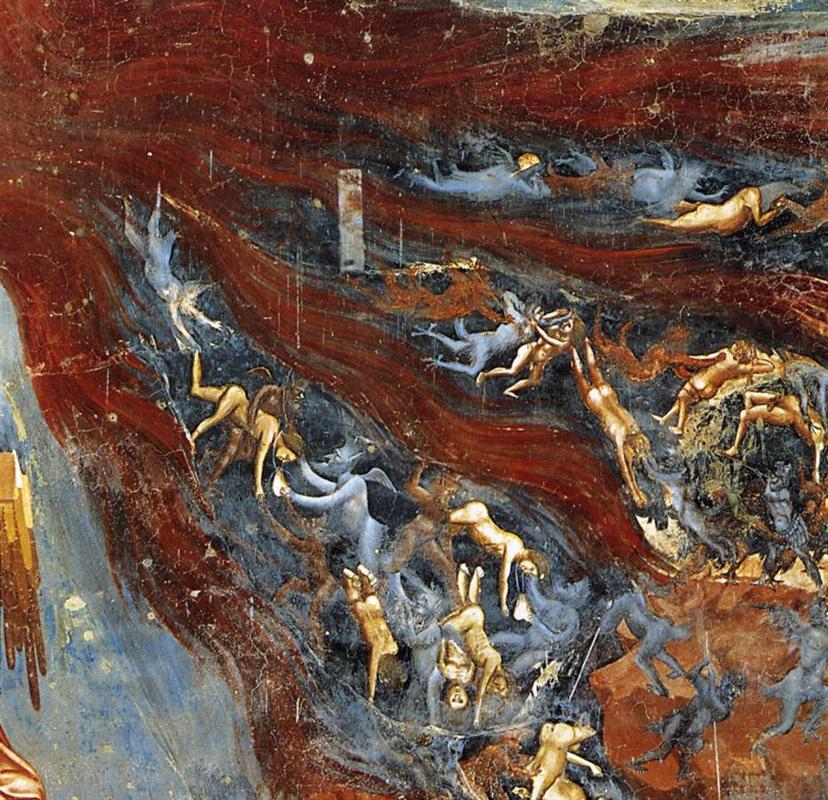Interlude in Blue # 1 Sacré Bleu
Madonna and Child by Domenico Veneziano around 1440. Note that the browns and greens of the painting have degraded and faded over the years, while the blue remains relatively vibrant (as does the gold, which is real, gold leaf). One of the reasons ultramarine was so prized, was that it did not fade like other plant or metal-based blues.
A polished piece of lapis lazuli, from which ultramarine blue is made.
Crushed lapis lazuli, or ultramarine pigment. This photo actually apears a bit duller than ultramarine that I’ve seen in person. It may be due to lighting, or it may be not be finished in the processing.

![Madonna_and_child,_londonDomenico Veneziano [Public domain], via Wikimedia Commons](/wp-content/uploads/sites/5/2012/01/Madonna_and_child_londonDomenico-Veneziano-Public-domain-via-Wikimedia-Commons.jpg)




